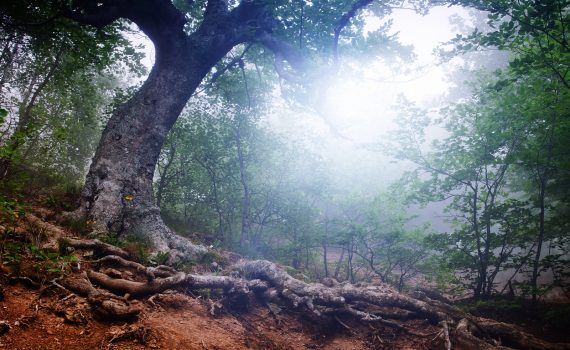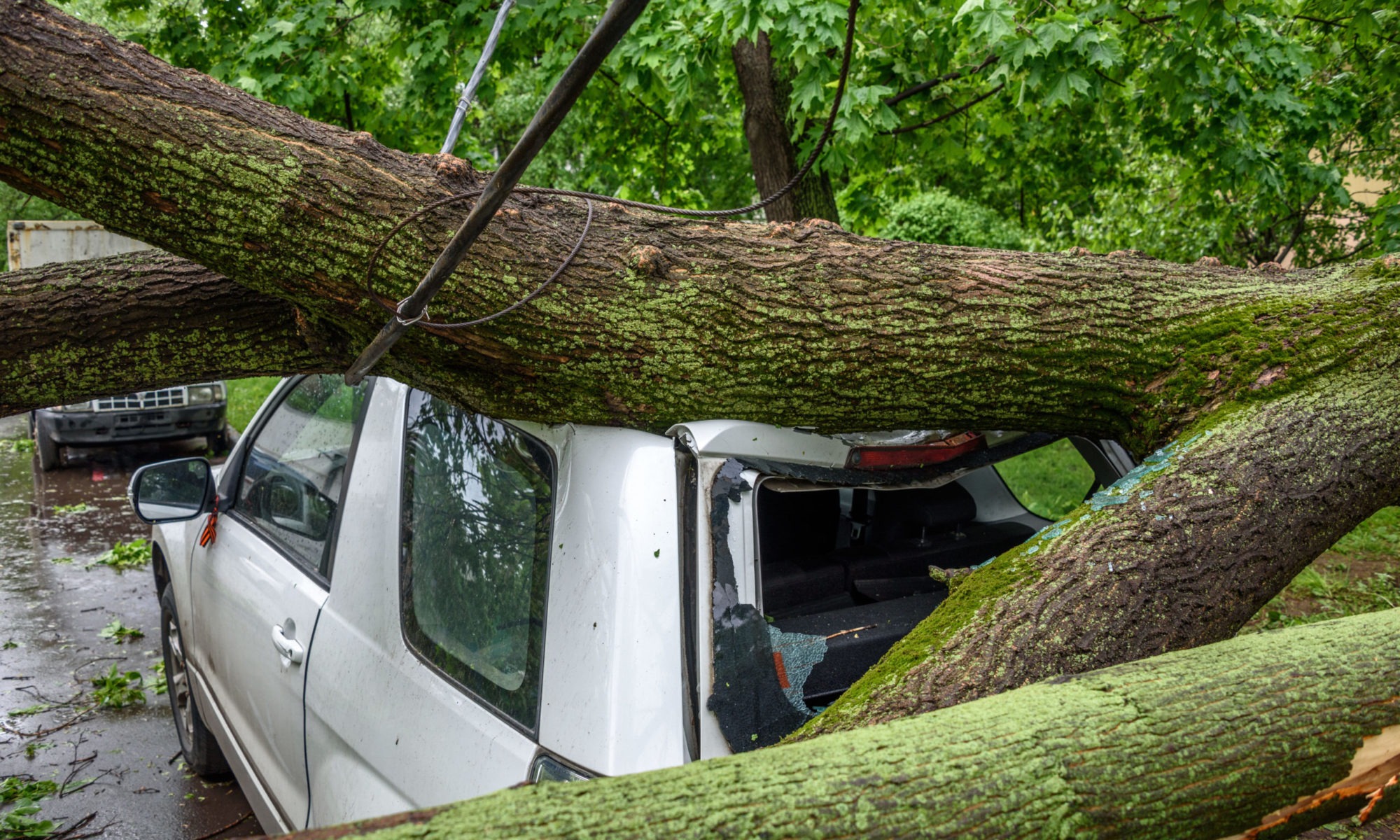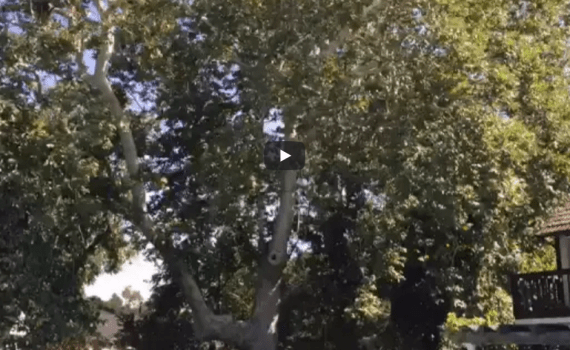Non-invasive tree roots are a beautiful addition to your yard, providing beauty, structure, and shelter for birds and animals. Many homeowners avoid growing trees in their gardens because the roots can cause home foundations or plumbing pipes to break, resulting in costly repairs. An expert arborist can help you pick out the finest trees for your garden’s layout and those that won’t intrude on your plumbing.
Why Do Most Homeowners Prefer Trees with Non-Invasive Tree Roots?
The roots of a tree are its respiratory system. They absorb water and nutrients from the soil to transport them to the rest of the tree. The roots also anchor the tree in the ground and help it withstand strong winds. A tree’s root system can extend well beyond its branch spread. Some trees, like maples, have very shallow root systems that can easily damage underground pipes and foundations. Other trees, such as oaks, have deep taproots that are less likely to cause problems.
There are several reasons why you might want to choose trees with non-invasive tree roots for your garden:
- Avoid damage to your home’s foundation or plumbing: Most people choose trees with roots that are non-invasive to prevent damage to their home’s foundation or plumbing.
- Prevent soil erosion: Trees with deep roots help anchor the soil, preventing erosion.
- Provide shade and wind protection: Trees can provide shade for your home, reducing your cooling costs in the summer. They can also block out strong winds, providing protection for your home and garden.
- Attract wildlife: Many birds and animals rely on trees for food and shelter. By planting trees with less intrusive root systems, you can create a habitat for these creatures in your own backyard.
- Improve air quality: Trees produce oxygen and filter pollutants from the air, improving air quality in urban areas.
Which Tree Types Have Non-Invasive Systems?
There are many types of trees with non-invasive tree roots, including:
- Oaks: Oaks have deep taproots that anchor the tree in the ground. They are less likely to damage foundations or pipes than other tree types.
- Pines: Pines have shallow root systems that spread out wide, making them ideal for preventing soil erosion.
- Maples: Maples have shallow root systems that can easily damage underground pipes and foundations.
- Ashes: Ashes have deep taproots that make them resistant to high winds. They are also good at preventing soil erosion.
- Elms: Elms have shallow root systems that can cause damage to foundations and pipes if they are not maintained.
- Fruit trees: Fruit trees have shallow root systems that can damage foundations and pipes if they are not maintained.
It’s important to consult with an arborist before planting any tree in your yard, as some tree roots can be very invasive. An arborist can help you choose the best tree for your garden’s layout and those that won’t intrude on your plumbing.
4 Types of Trees with Non-Invasive Roots that are Best for Your Yard
Ornamental Trees
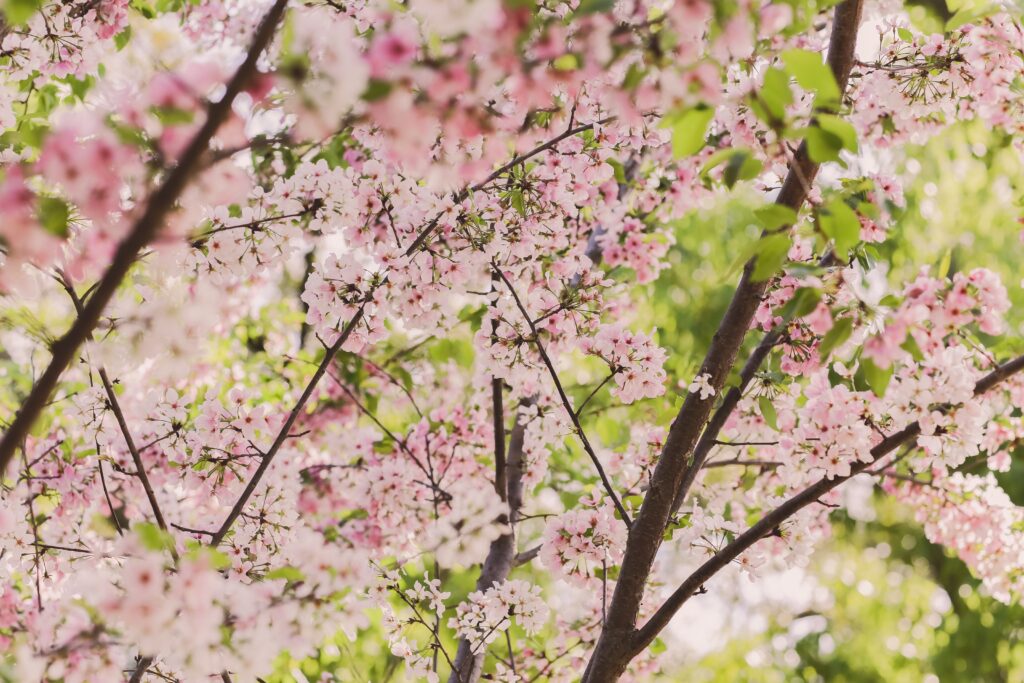
Ornamental trees are a great solution for yards where you want the decorativeness of a beautiful tree without the risk of invasive roots. Ornamental trees grow to a manageable height and are designed to fit into smaller spaces and be easy to maintain. Many ornamental trees can even be grown in planters so that their roots have no chance of getting out of hand.
Popular ornamental tree varieties in California include –
- Japanese Maple
- Crape Myrtle
- Eastern Redbud
- Cornus Mas
- Serviceberry
- Kousa Dogwood
- Japanese Tree Lilac
- Dwarf Korean Lilac
- Star Magnolia
- Crabapples: Red Jewel, Royal Raindrops, Prairiefire
Fruit Trees
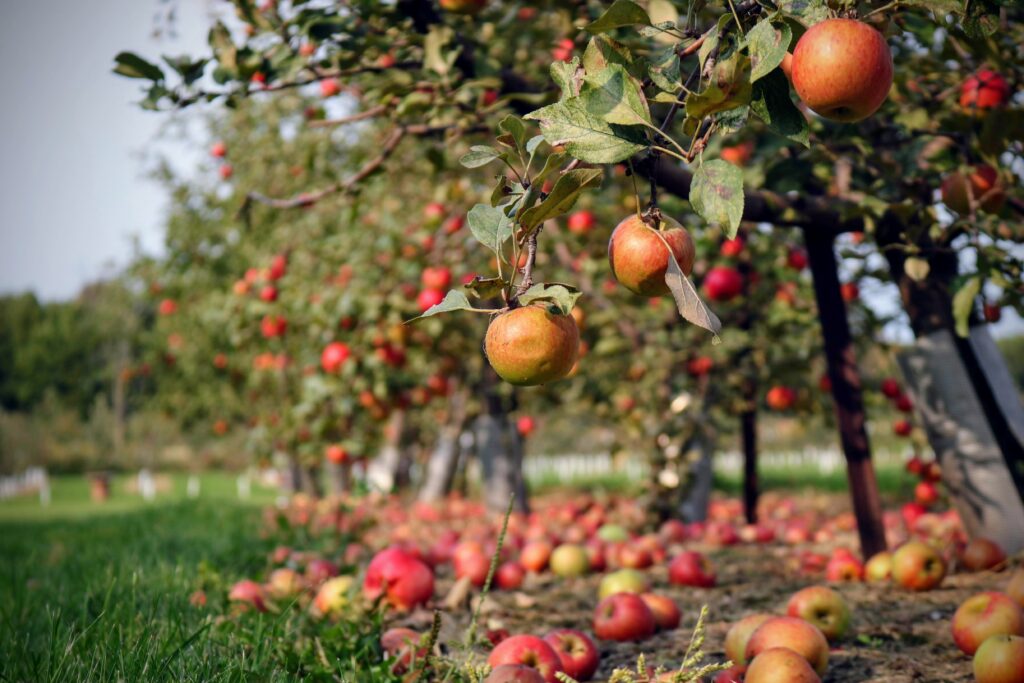
Fruit trees not only look beautiful, but they can also provide a source of fruit for your family to enjoy when the right season comes around. Some fruit trees, like figs, can have voracious root systems that can quickly grow out of control. A greater variety of fruit trees can be made suitable for smaller gardens when pruned regularly and given routine tree care from a skilled arborist. If the tree is not allowed to grow too large the root system will not extend as far either. If in doubt, choose a beautiful decorative fruit tree variety that is known not to have invasive root systems.
The following fruit trees can be both ornamental for your garden and productive when it comes to providing fruit.
- Citrus
- Adams crabapple
- Cornelian cherry dogwood
- Pawpaw
- Dwarf Apple Tree
- Dwarf Cherry Tree
- Dwarf Pear Tree
- Dwarf Apricot Tree
- Dwarf Orange Tree
- Dwarf Plum Tree
Shade Trees
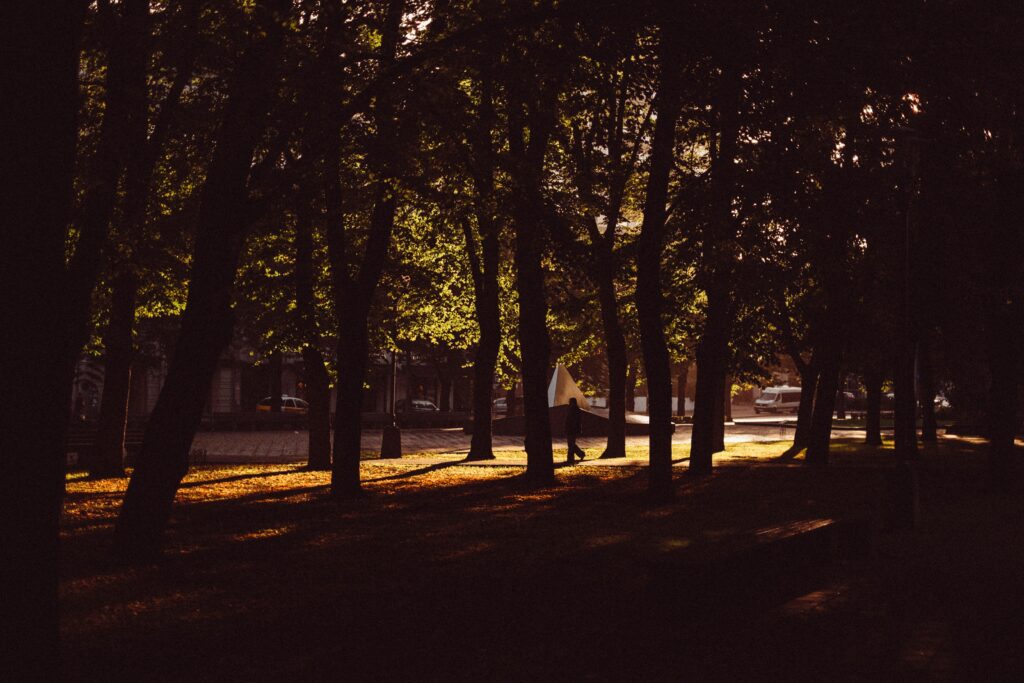
Want the protection and coolness of shade from your tree without the extensive and invasive root system? There are varieties of trees that can provide you with thick foliage and fuller shade while still having smaller root systems. These trees can be a stunning focal point of your landscape without taking up too much space or overwhelming your garden with their root systems. Some with colored leaves and some with flowers, these shade trees can liven up small gardens while maintaining small root systems.
Here are some non-invasive shade trees varieties –
- Amur maple
- Chinese pistache
- Southern sugar maple
- Red tip photinia
- American hornbeam
- Trident maple
Shrubs
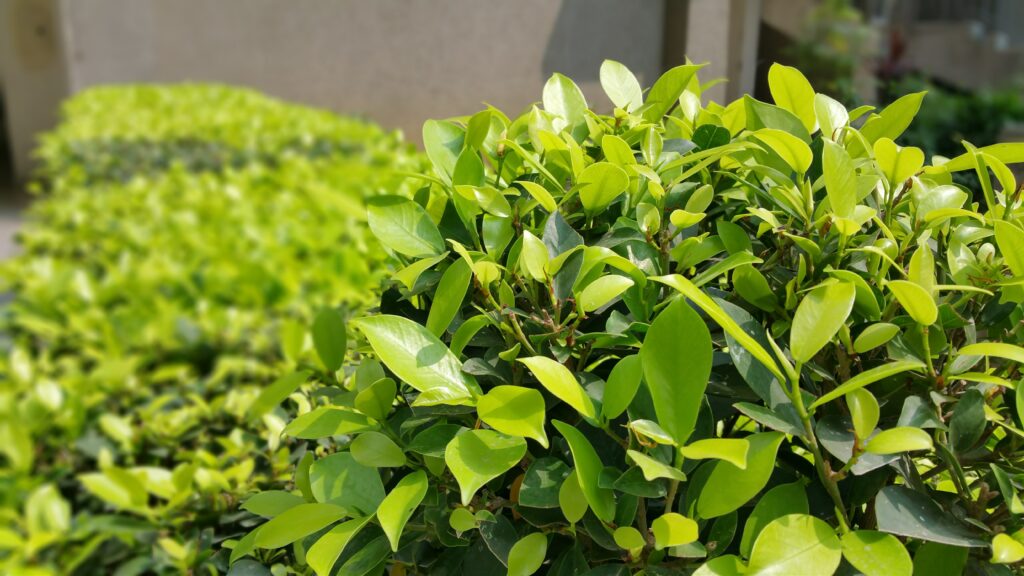
Shrubs can provide good coverage, privacy, and protection for your garden. While some shrubs may look small, their root systems can grow quickly, so it’s important to choose the right variety for your garden. Shrubs create the perfect addition for smaller gardens where low-lying yet full plants are preferred.
Some of the most popular shrubs with non-invasive tree roots include –
- Hollywood juniper
- Fraser photinia
- Glossy abellia
- Hydrangeas
- Viburnums
- Boxwoods
- Gardenia
- Barberries
- Camellias
- Hollies
To keep your plumbing and home foundations safe, choose trees and shrubs with non-invasive root systems, and receive the professional advice of your arborist before planting.
 Bringing Sexy Back Into Your Yards
Bringing Sexy Back Into Your Yards 
